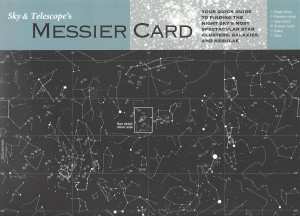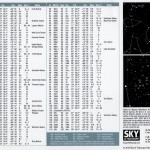Whether observing on your own or during TAAA events, organizing your activity can greatly enhance your enjoyment and accomplishments. TAAA members have earned many awards over the years, while enjoying comradery and night sky. 2022 Awards Earned
The Astronomical League sponsors more than 100 programs, and provides associated resources for those programs. The list of programs can be seen here at Astronomical League Programs. A link with Instructions on how to join the Astronomical League are here.
The following are links to the resources for a few of the most popular observing programs to help you get started and to make the most out of your nights under the stars.
Before getting started with any observing session, the Seeing and Transparency Guide is a place to start. This guide defines Seeing (Steadiness) and Transparency (magnitude of stars visible) and tells you how to rate the seeing and transparency. Since all the observing programs require this information to be noted on the log it is a useful guide.
Using a planisphere or sky charts are a must with many of the observing programs. The on line Sky and Telescope Sky Chart can also help in planning.
MESSIER Observing Program:
To learn the overall objective and requirements refer to the MESSIER Observing Program – General Requirements
To find objects in the sky use these maps – along with a Telrad finder using the Messier List with Telrad Maps – Print and use these charts when viewing.
You will need to record your observations – the AL Messier Observing Log is one form you can use.
Some observers like the organization of Larry McNish’s Messier Planner. This online planner allows you to put in the date your will observe, and it produces a plan to observe the available objects for that day in order of their appearance in the sky, a brief description, a thumbnail photo of the object, and includes space to record your observations.
LUNAR OBSERVING PROGRAM
Before getting started with this observing program its important to have a good Lunar map or chart. This might seem simple, but depending on the optics of the instrument you will use to do your observing, the moon may appear flipped left to right, or top to bottom. Maps are available for each of these orientations so before selecting a map, you should know the orientation. An example is the Sky & Telescope Field Guide to the Moon. The Optical Orientation diagram can help you determine your instrument’s orientation and thus the type of lunar map to use.
Another useful item is a set of diagrams of Figures on the Moon. These figures are part of the required list of observations for the Lunar Observing Program. These diagrams will help you recognize the figures.
Astronomical League has provided a Lunar Log that outlines the observations needed to be made to complete the program.
Other helpful inks and resources – can be set for any month of the year:
NORTHERN CONSTELLATION PROGRAM
The Constellation Hunter observing program involves sketching the constellations. It requires no special equipment other than a planisphere and can help you build a solid basis for moving on to other observing programs. The AL website provides the rules and a blank Sketching form to record your observations: The Constellation Hunter AL Program rules
A handy guide to help you organize your observations is a monthly planning list showing the most favorable times to observe each constellation: Constellation Hunter North List
SOLAR SYSTEM OBSERVING PROGRAM
Note the ‘Planets of the Month’ blog from member Eric Karkoschka on the main page of the web site. Here are a few other resources to supplement your solar system observing:



